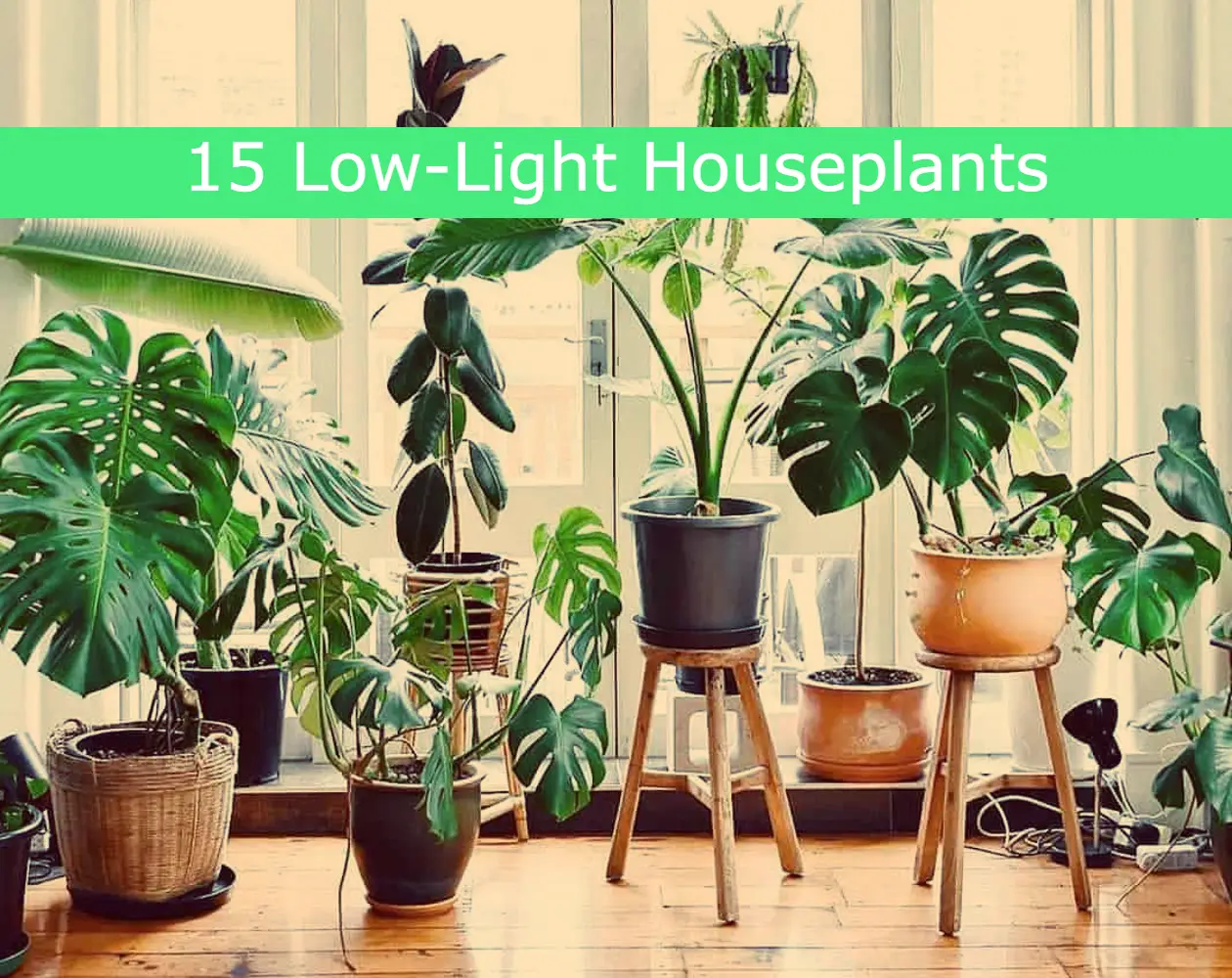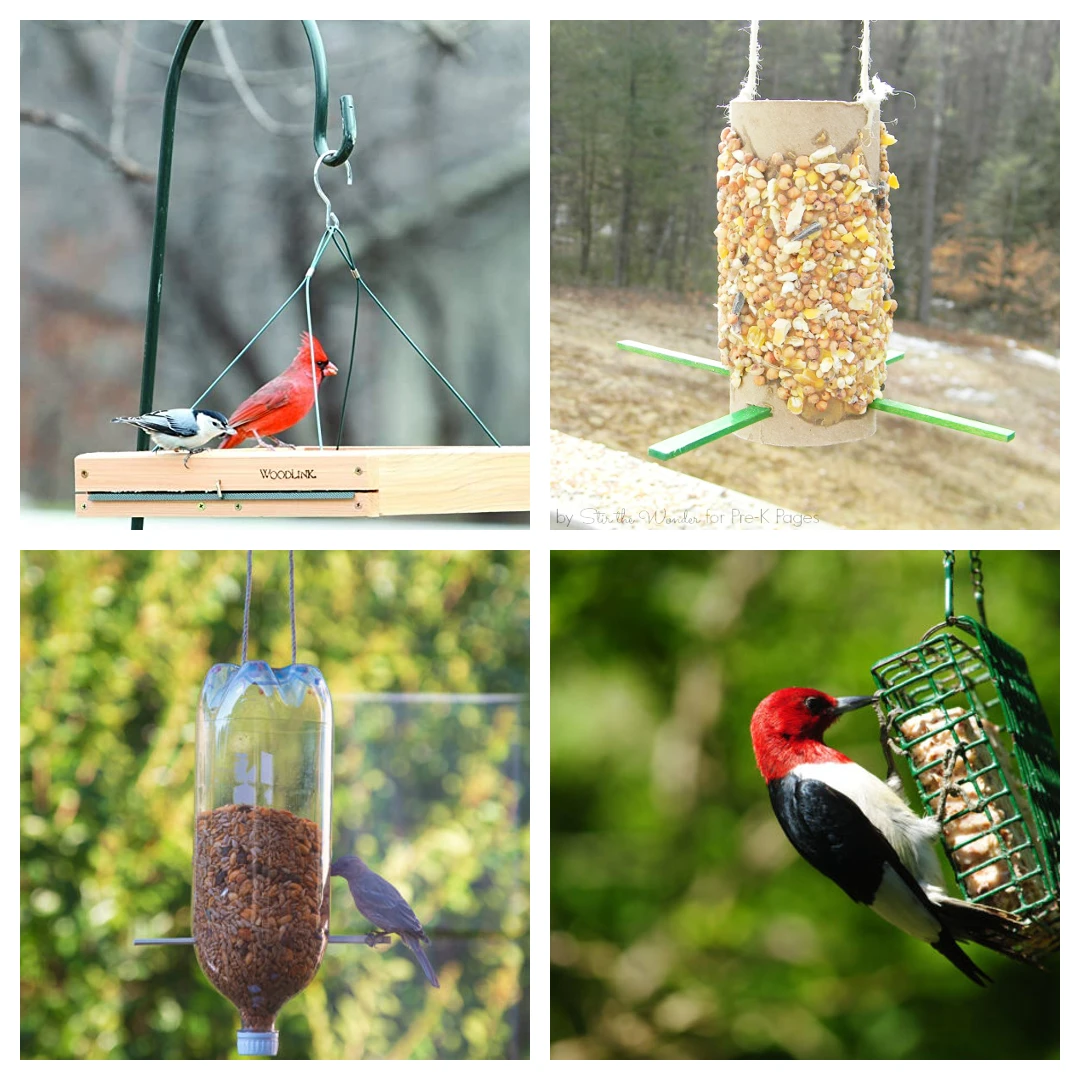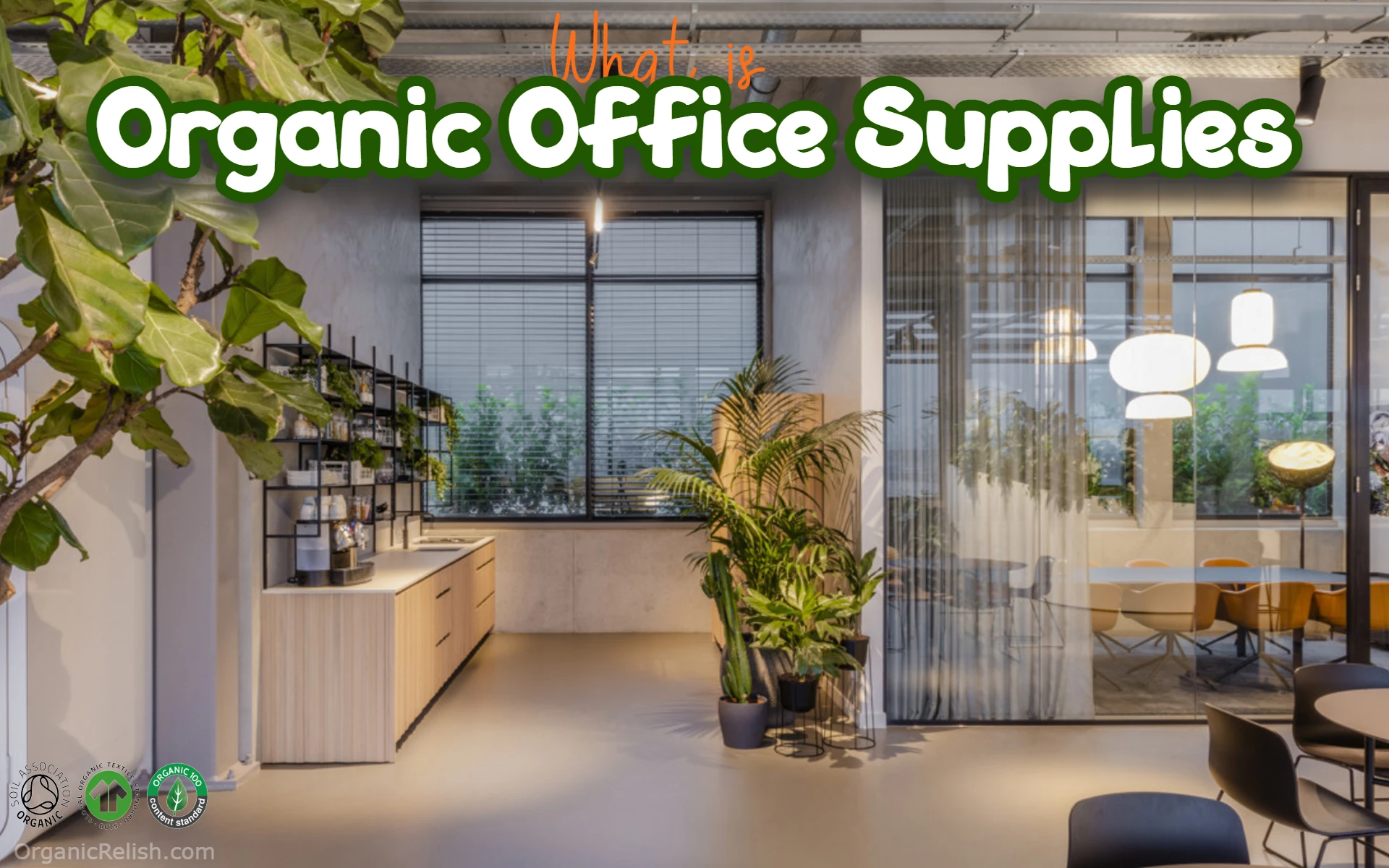15 Low-Light Houseplants That Thrive in Near Darkness

We already know that houseplants detoxify our air and make us happier. These plants thrive in low-light so now you can have some green in every corner of your home.
1. Chinese evergreen

Also known as Aglaonema, this common low-light houseplant comes in 22 different varieties and is known for bringing good luck. It requires moist soil but not much else though you will need to avoid cold temperatures and excessive sunlight.
According to House Plants Expert, these ornamental, low-light houseplants have been grown in Asia for centuries. But wear gloves if you have sensitive skin as the plant’s juice can cause irritation. Silver Queen is one of the most common types of Chinese Evergreen and is known for the striking pattern of its leaves.
2 . Snake plant

Almost impossible to kill, Sansevieria, also known as mother-in-law’s tongue, is native to tropical West Africa. This low-light houseplant is easily recognized by its long leaves with yellow or silvery-white stripes.
According to Green and Vibrant, because of its strong plant fibres, it was once used to make bowstrings. It’s also known for its filtration qualities and converts harmful substances into harmless ones. It does well with moderate watering: first allow the soil to dry completely, checking it once every two weeks.
3. Staghorn fern

Native to South America, the Platycerium includes 18 species. Great for a bathroom or entryway with indirect sunlight—this low-light houseplant can also grow well in a backyard greenhouse or a cool, enclosed porch.
According to Plant Care Today, in nature, they attach themselves to tree trunks, doing well as decorative hanging plants (though they can also be grown in pots). Water once a week (up to ten days during winter), submerging the entire root system for up to 15 minutes.
4. Lucky bamboo

The Dracaena is known for its straight stalk and lush, green foliage. It needs low, indirect light and is perfect for a bathroom or office. According to Gardening Know How, the roots need to be covered in water—changing the water every two to four weeks.
You can also transplant the lucky bamboo into soil with good drainage and water it often, but be careful to avoid water-log. Some say this low-light houseplant can help boost your feng shui.
5. Dumb cane
Dieffenbachia is native to Mexico, the West Indies, and as far south as Argentina. It’s got a straight stem, with white spots and flecks. This low-light houseplant comes in more than 50 species, offering a number of ornamental options.
This plant does best in warm temperatures and a dry climate, though the soil needs moderate moisture. Keep it away from young children and pets, if eaten it can leave its victims speechless.
6. Air plant
Tillandsia is a genus of around 650 plant species, all native to forests, mountains, and deserts from northern Mexico, the south-eastern United States, and the Caribbean to mid-Argentina. According to Green and Vibrant, air plants absorb moisture through their leaves from the air, which is why they grow best in humid environments.
To promote the health of this low-light houseplant, you can use a spray bottle (for misting) up to four times per week. In nature, these plants cling to tree branches, bark, bare rocks, or even telephone wires. Used for decorative purposes, they are commonly seen mounted, placed in a terrarium, or inset inside of seashells.
7. Friendship plant

Pilea involucrata, native to Central and South America is known for its oval-shaped, velvety leaves. This bushy, trailing plant is easy to care for but does best in a humid environment like a terrarium.
It grows between 15 to 30 cm high, making it great for small spaces. Gardening Know How suggests keeping the temperature between 18 to 24 degrees Celsius and away from heaters or draughty windows.
8. Spider plant
Chlorophytum comosum comes in green or variegated varieties, often starting out as small, white flowers. Don’t let the name keep you away though, this might be the most adaptable and easiest low-light houseplant of all. It is known for reducing indoor air pollution, according to House Plants Expert.
Just keep this plant in well-drained soil and out of direct sunlight, repotting it in the spring if roots grow outside of the drainage holes. Over time, a mature plant can produce a “spiderette” hanging down from the mother plant similar to a web, which can be rooted in water or soil.
Read this inspiring story of an ethnobotanist who’s working with First Nations elders to save Canada’s lost gardens.
9. Monstera plant

Also known as the Swiss cheese plant, this low-light houseplant is recognized by its large, split leaves. Great for an office, this plant grows quickly, so pick a spot with plenty of space.
Gardening Know How recommends repotting your cheese plant once a year while it is young to freshen the soil and to encourage growth. In its natural habitat, this tropical jungle plant is known for reaching up to 10 feet tall or more.
10. Philodendron plant
A Brazilian native, this genus of flowering plants has almost 500 species, many grown as ornamental and indoor plants. According to The Joy of Plants, the name comes from the Greek words: philo (meaning love or affection) and dendron (meaning tree).
This plant is known for its large leaves, which can be oval-shaped, spear-shaped, or a variety of other possibilities. Symbolizing health and abundance, this low-light houseplant also serves as a muse for artists, most famously for Pablo Picasso’s “Woman in the Garden” sculpture.
11. Bird’s nest fern

Asplenium nidus gets its name from looking like a bird’s nest, not from growing in trees. According to Gardening Know How, this excellent low-light houseplant can also be called a crow’s nest. Known for its flat, wavy fronds, you might think of a seaweed plant growing on dry land.
For flatter leaves, place the plant in a lower-light environment. If you want the leaves to appear more crinkled, give it more light.
12. Prayer plant
Maranta leuconeura is tolerant of low-light conditions and actually prefers indirect sunlight. According to Green and Vibrant, its common name comes from the way the leaves close vertically in the evening, resembling praying hands.
These low-light houseplants are sensitive to fluoride, so try to avoid using hard water and make sure to it’s warm (think room temperature). Be careful to avoid letting the soil dry out completely.
13. Golden pothos
Epipremnum aureum is an ideal low-light houseplant for its ability to purify the air. A native of French Polynesia, it grows best in indirect light. According to Green and Vibrant, it’s referred to as devil’s ivy since it’s almost impossible to kill and even stays green when kept in the dark.
It can grow in dry, nutrient-poor soil or in a vase filled with water. It is poisonous, so skip this one if you have young children, cats, or dogs. The sap can cause a rash, so wear gloves if you have sensitive skin.
14. Peace lily

Spathiphyllum is known as a closet plant. According to Gardening Know How, they brighten up a living space but are also excellent at cleaning the air of the room they are in.
Known for its dark green leaves and white flowers, this plant does great in low light. But if you want even more flowers, expose it to a brighter area of the house or office. The most common mistake is over-watering, so check the soil for too much moisture.
15 . English ivy

Most commonly known as an indoor hanging plant, English Ivy can be trained to climb a trellis or moss stick. With hundreds of varieties, some are plain green, while others are mixed with yellow, gold, or creamy white.
Guide to Houseplants suggests maintaining evenly moist soil throughout the year—misting often to keep the leaves from drying out (though slightly drier during the winter). You can improve drainage with a small layer of pebbles at the bottom of the pot.
Read More:


